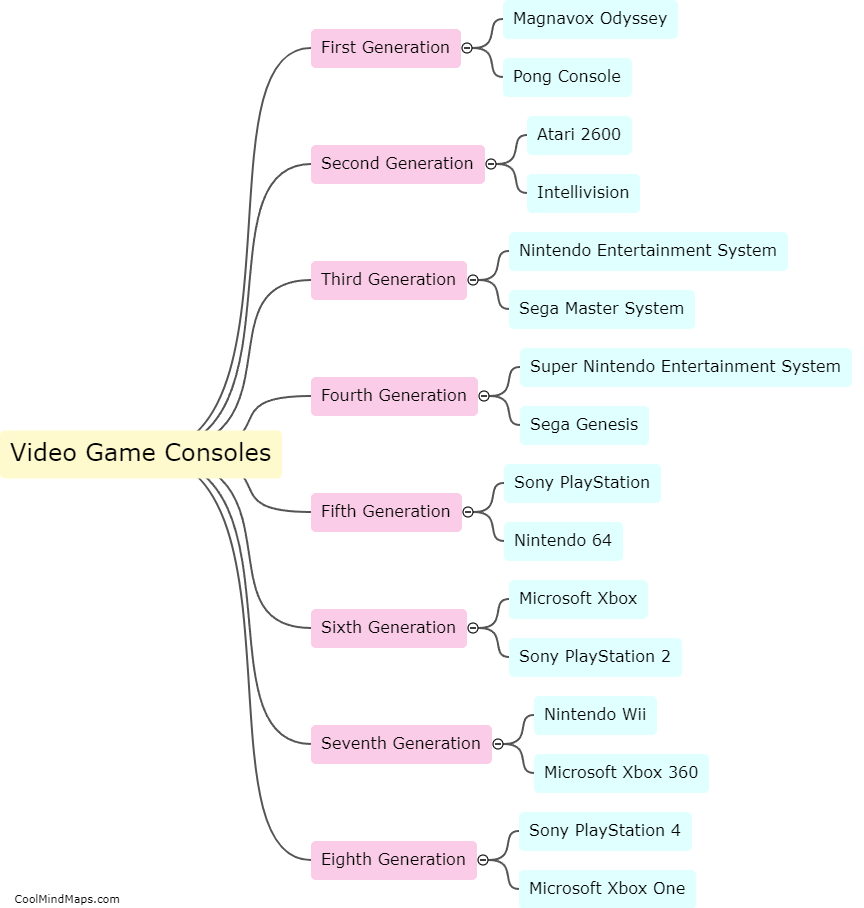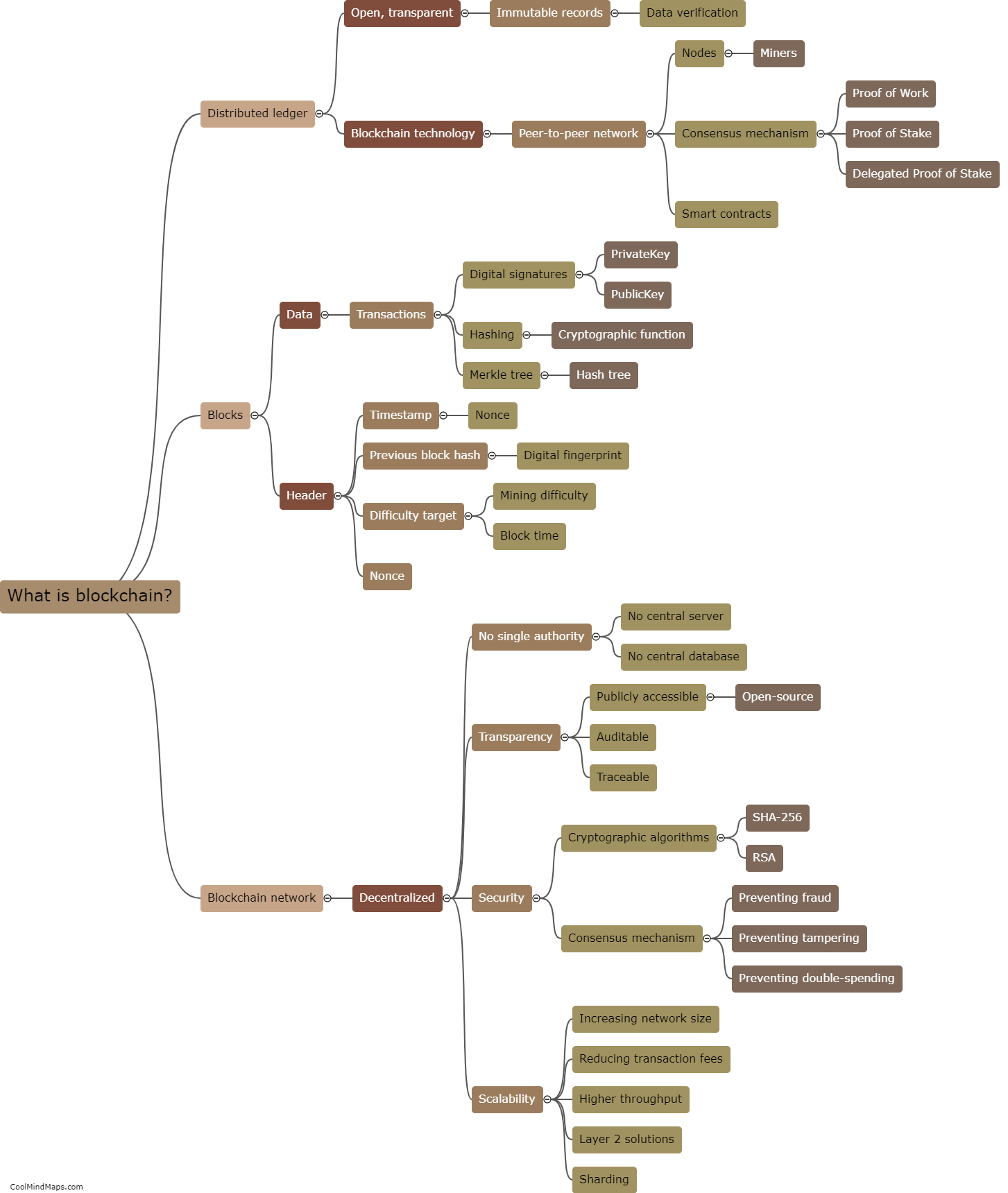What are the different types of blockchain technologies available?
There are several types of blockchain technologies available, each with its own distinct features and functionalities. The most common type is the public blockchain, which is decentralized and open to anyone who wants to participate. It is characterized by transparency and immutability, making it suitable for applications such as cryptocurrencies. Another type is private blockchain, which is restricted to a specific group of participants and offers more control over the network. This type is often used by enterprises for internal purposes, such as supply chain tracking or data management. Consortium blockchain is a hybrid of the public and private types and involves a group of organizations working together to maintain the network. It offers a balance between transparency and privacy while promoting collaboration. Finally, there are also federated blockchains, where multiple organizations collaborate to maintain the network, and hybrid blockchains, which combine different types to leverage their strengths. Each type has specific use cases and can cater to different requirements in various industries.

This mind map was published on 9 September 2023 and has been viewed 101 times.











